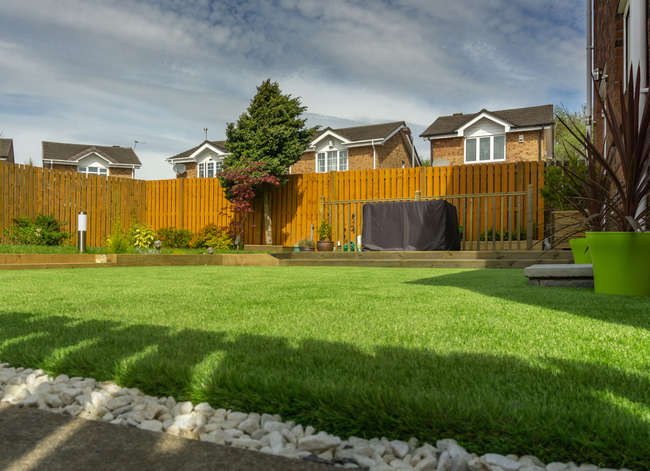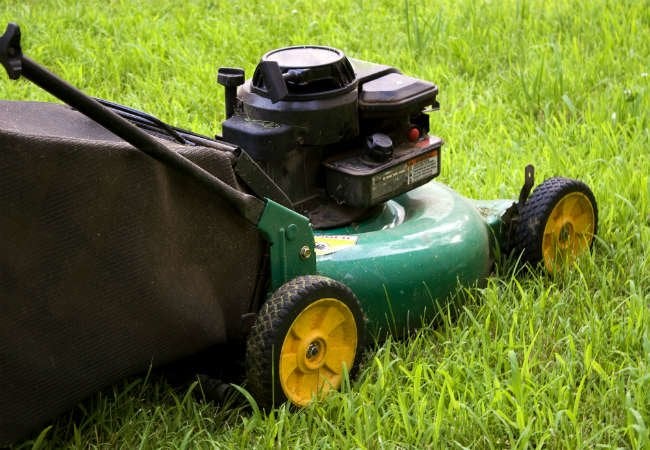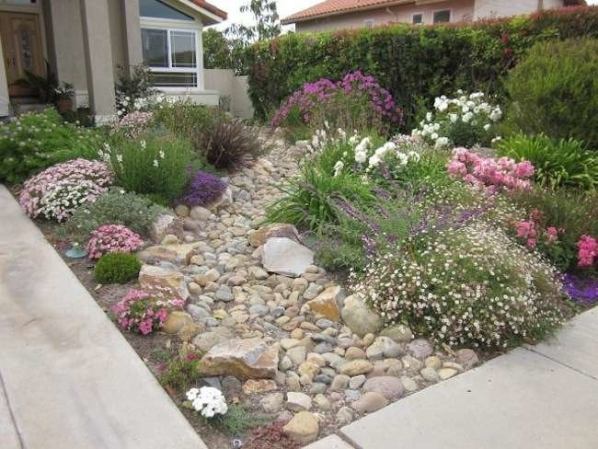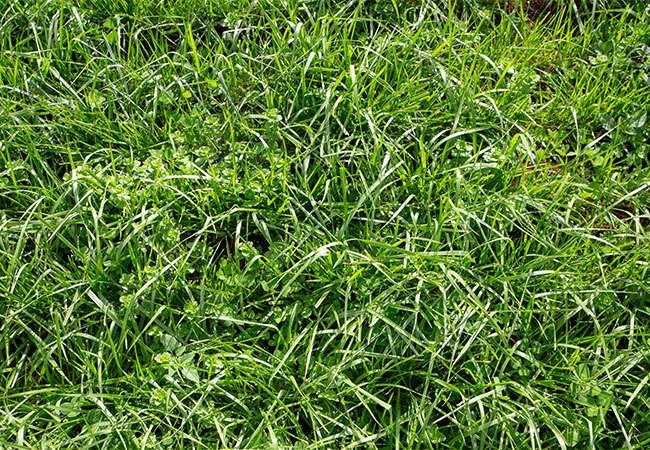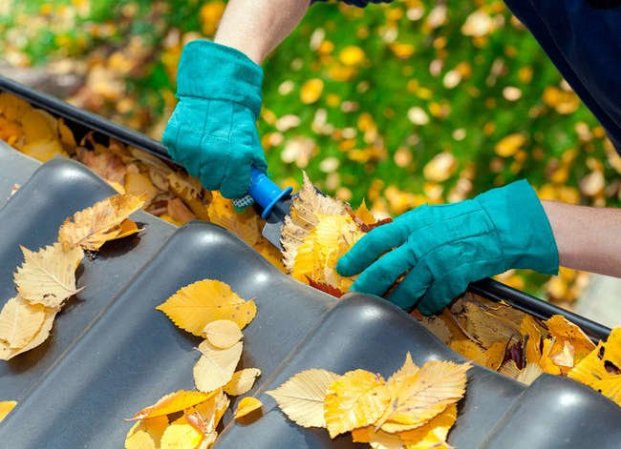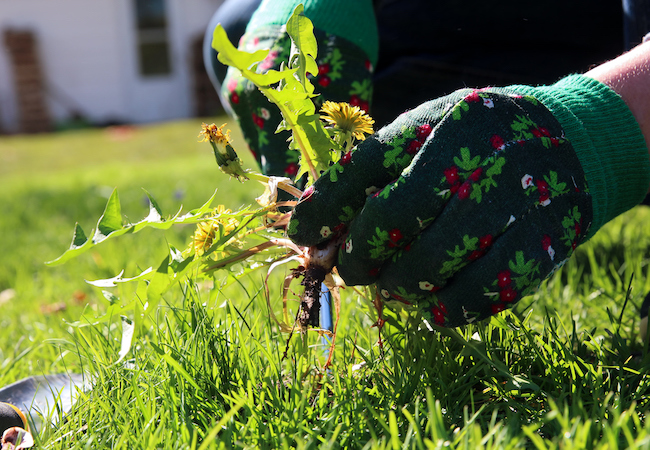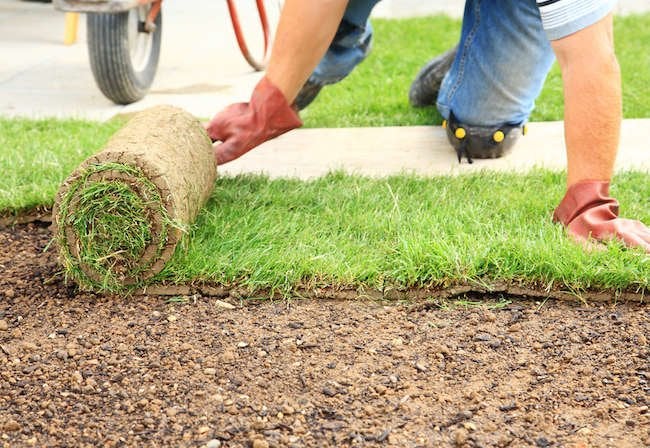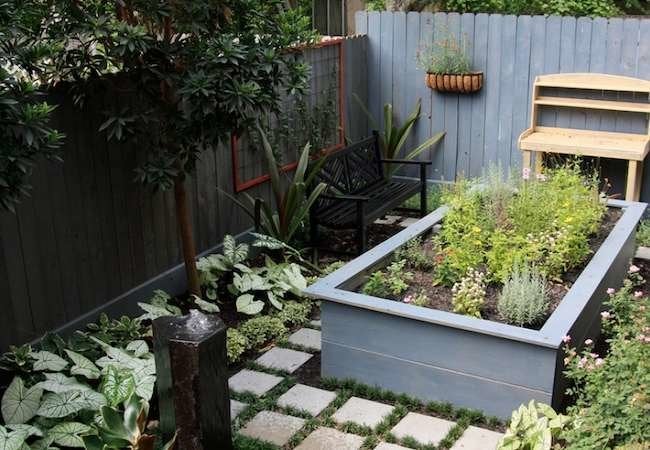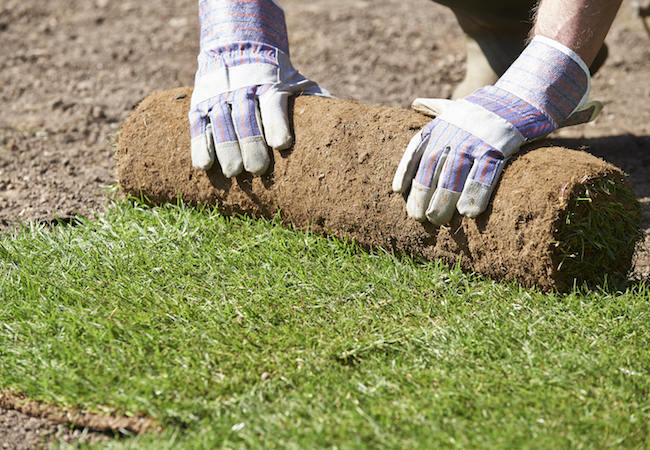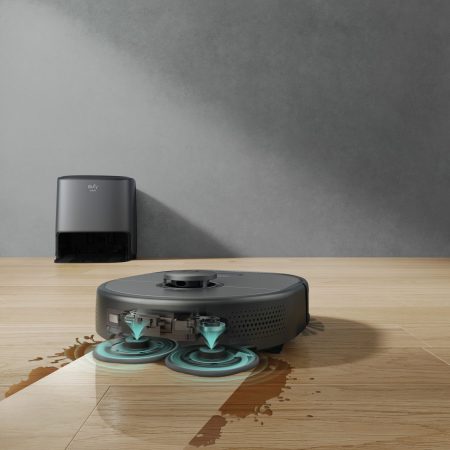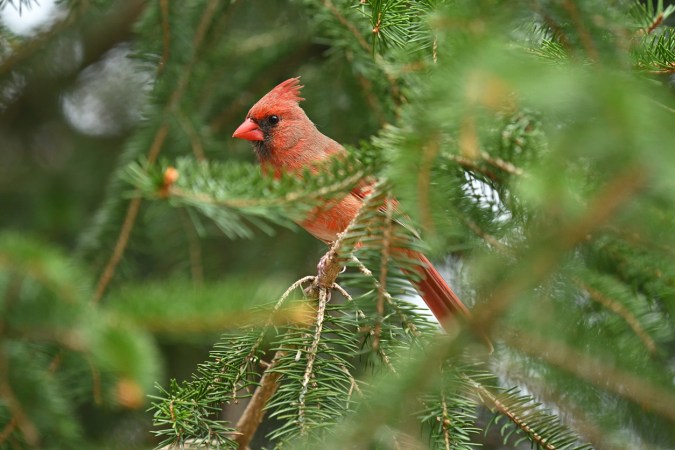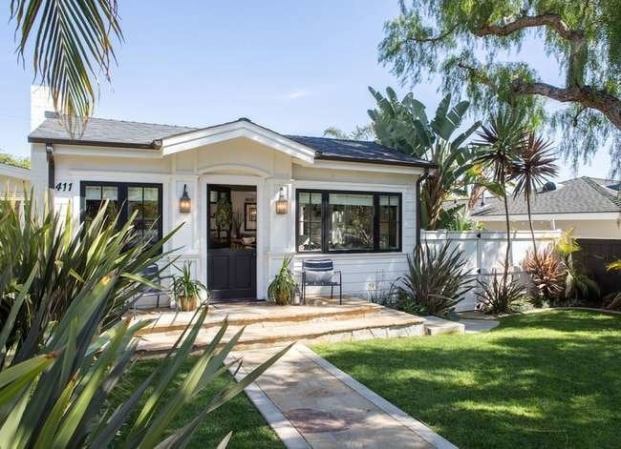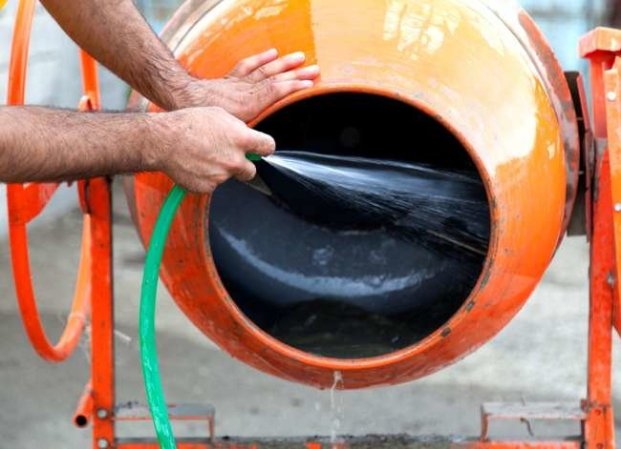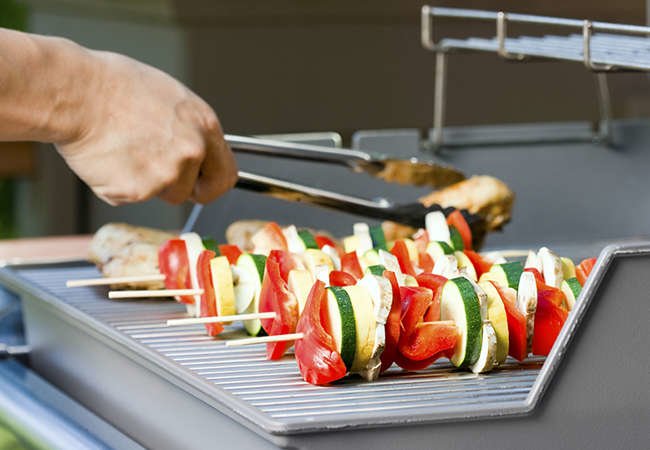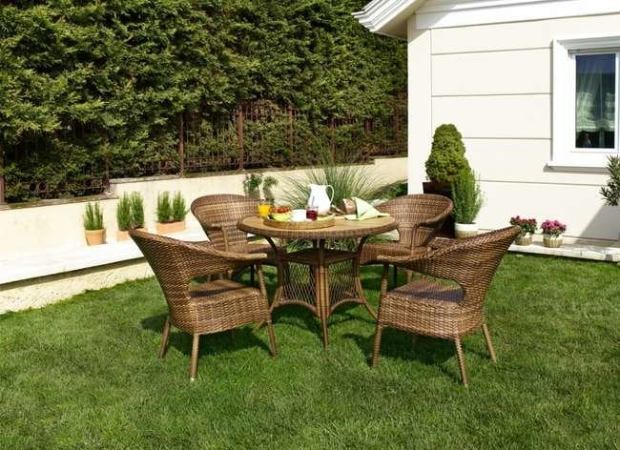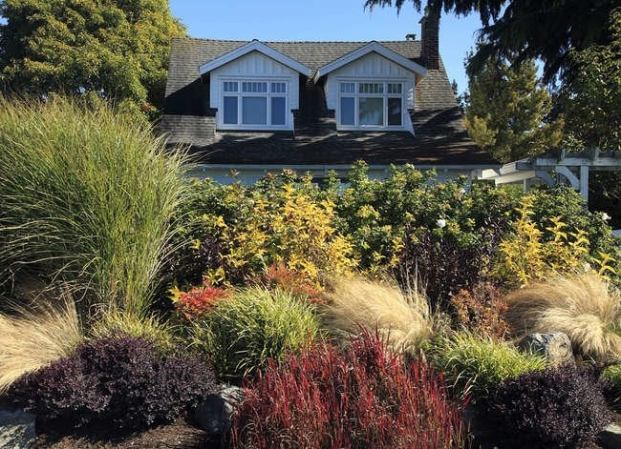We may earn revenue from the products available on this page and participate in affiliate programs. Learn More ›
Get the Lowdown About Artificial Turf
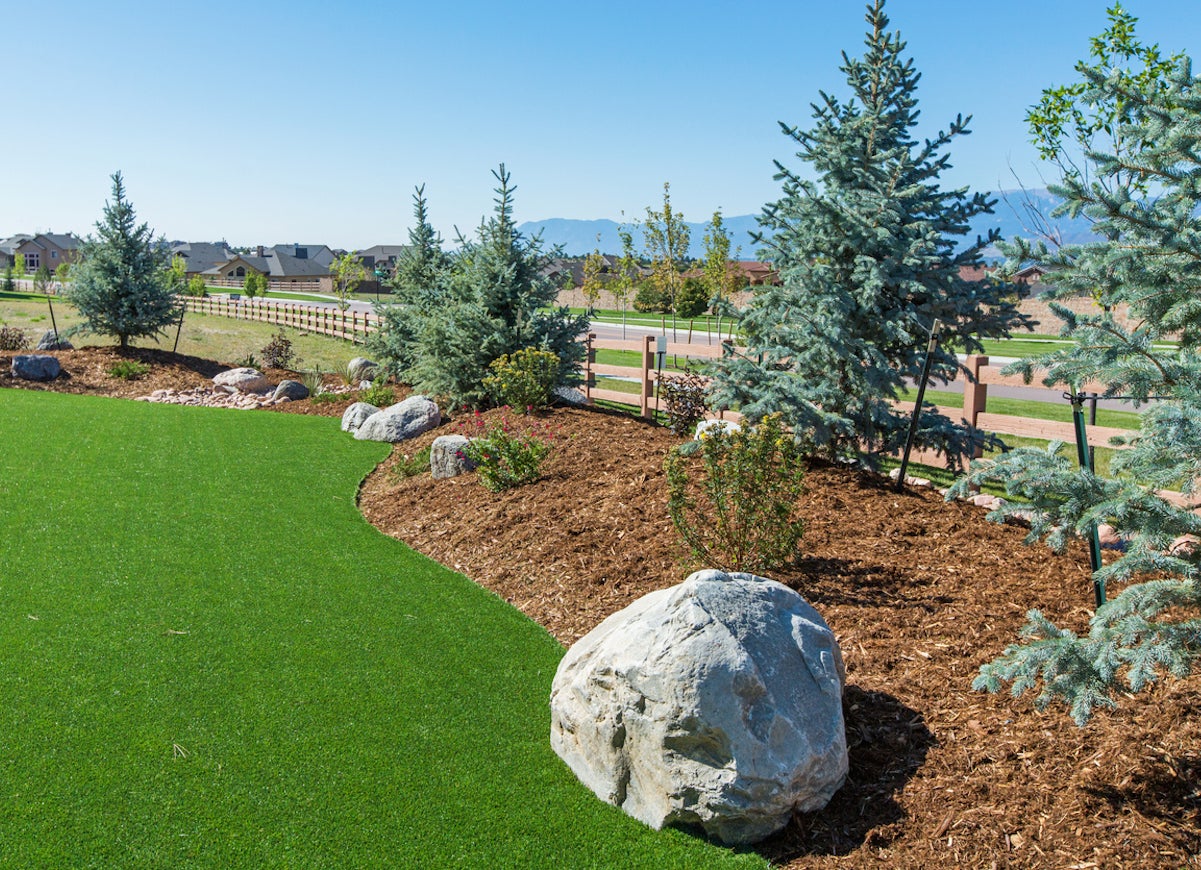
As soon as warm weather arrives, the sound of lawnmowers can be heard in communities across the nation. For many homeowners, mowing, weeding, fertilizing, and watering the lawn takes time away from actually being able to enjoy their outdoor space, and represents a considerable financial cost.
A growing number of homeowners have sought out an alternative to their pricey and finicky lawn: artificial grass. In doing so, they gain a lush lawn that won’t leave grass stains on knees, doesn’t require chemicals, and is safe for recreation and children playing. They gain a drought-resistant yard that won’t yellow during community water restrictions and the freedom to enjoy the season with friends and family.
For those considering the benefits of artificial turf, a few questions are expected. We’ve rounded them up and answered the them, so you can learn how fake grass and Artificial Turf Supply can make your life easier.
What is artificial grass made of?
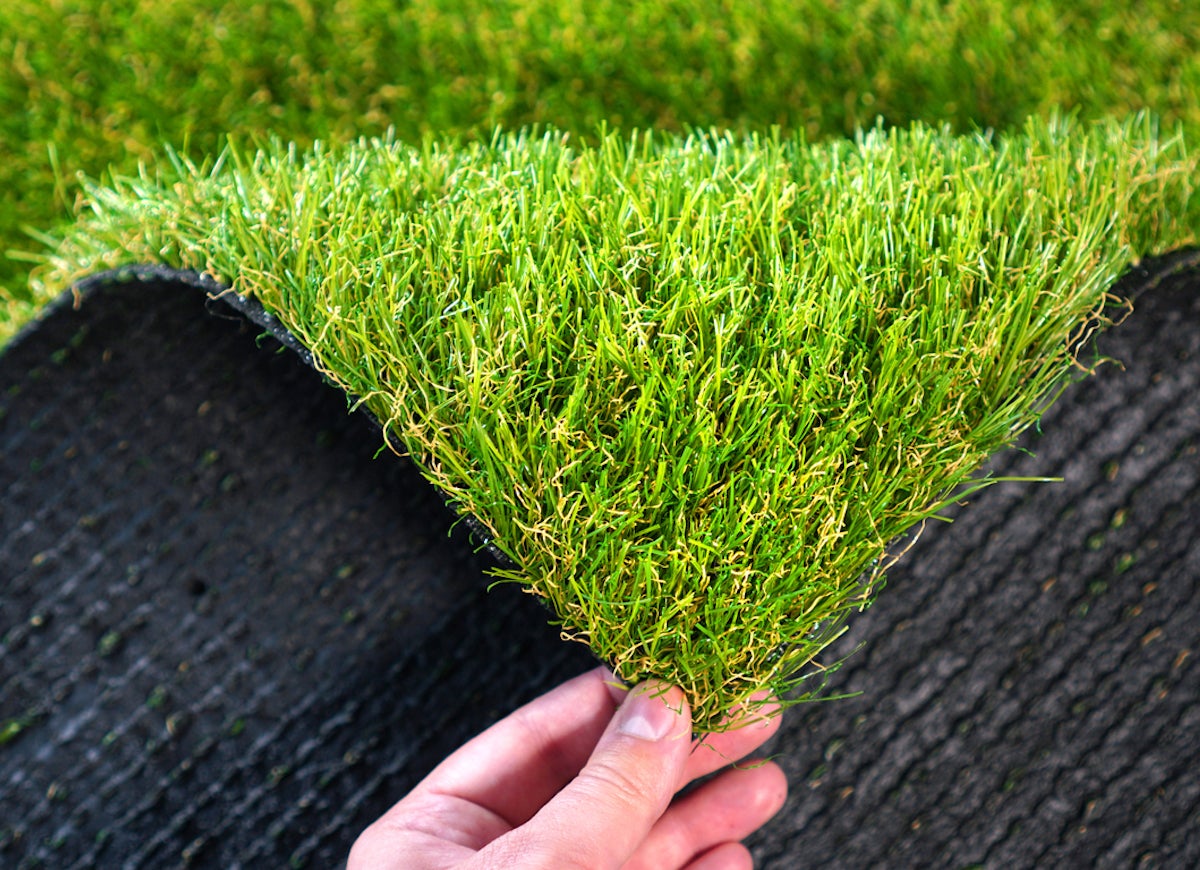
Synthetic fibers are used to create artificial turf and impart the look and feel of real grass. The main fibers are made of nontoxic and nonabrasive polyethylene, which are manufactured into soft, flexible, green blades— referred to as “yarns”—that closely resemble living grass. The blades of artificial grass are infused with UV inhibitors to resist hardening and fading from hot sun rays, so the fake grass stays looking well-watered even when the neighbors’ lawns are turning yellow from drought. The soft polyethylene grass yarns also contain stabilizers that keep the grass from pressing down and compacting under foot traffic. It has come a long way from when it first came on the scene in the 1960s.
How long does turf last?
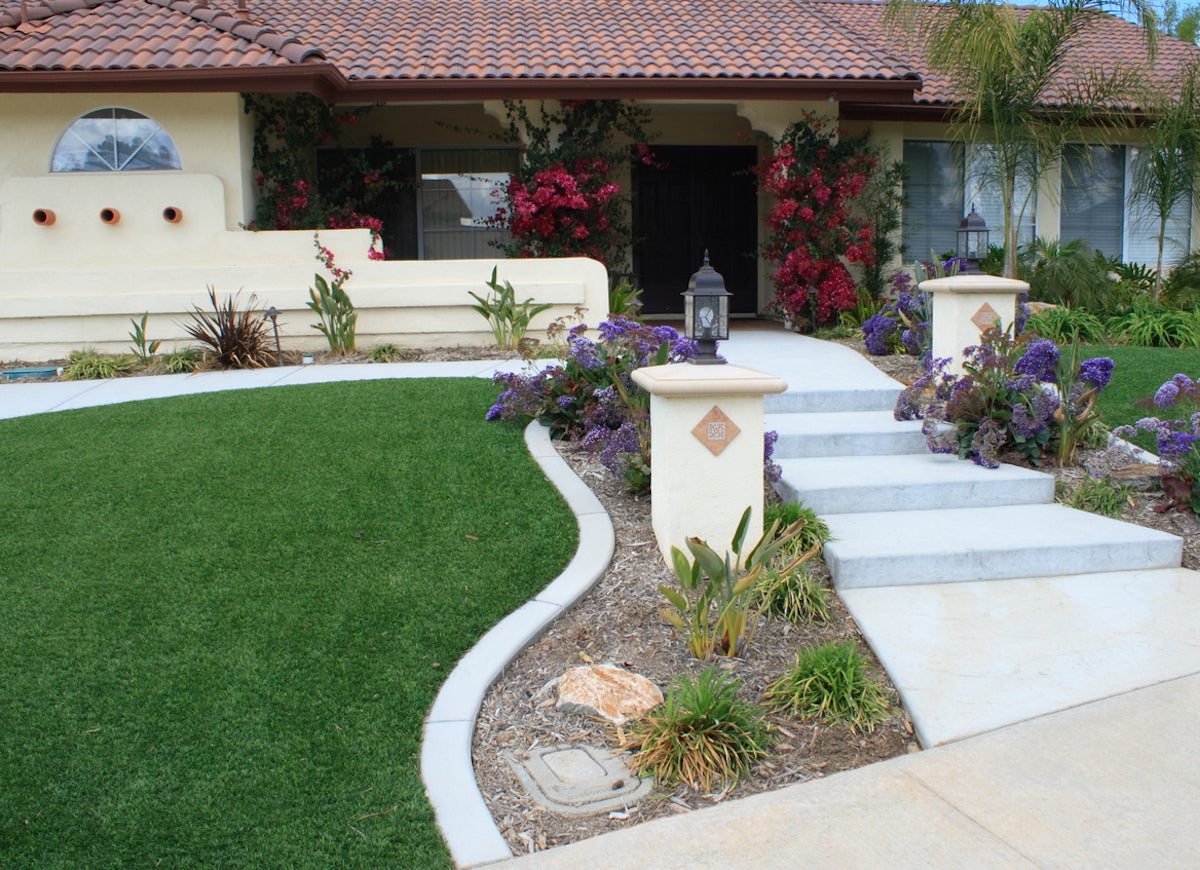
When following the correct installation methods, including site preparation and the use of infill, artificial turf can easily last 20 years or longer. Artificial Turf Supply’s UV-resistant polyethylene grass will withstand normal sunlight conditions, even in regions that regularly see high summer temperatures and strong sunlight. For those in wet climates, rain passes right through the turf and drains away, so there’s no risk from puddling or standing water.
Artificial Turf Supply also offers an eight-year manufacturer’s warranty against defects in material or workmanship. So on the off chance your landscape looks less than stellar, you won’t have to pay for brand new turf.
Is artificial grass dog-friendly?
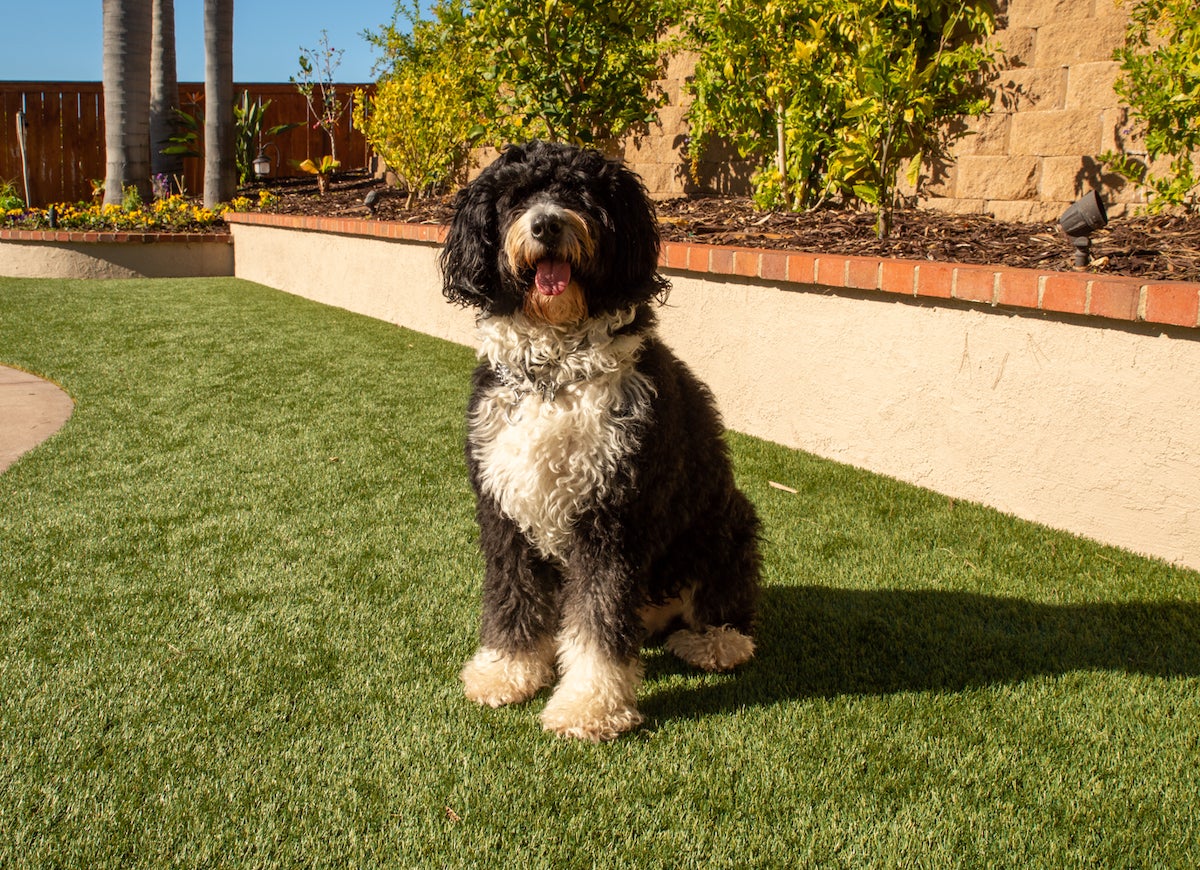
Anyone who has a furry family member knows just how important it is for their dog to be able to run around—and do their business— in the yard. Fortunately for you and your pet, artificial turf can handle those activities, including pet urine, which can kill spots of real grass. With fake grass, pet urine seeps right through into the gravel base and then drains away—no staining and no damage. Artificial Turf Supply carries an entire line of turf options designed specifically for households where pets number among family members. The PetPRO Series features more than a dozen varieties of turf options that closely mimic the type of grass grown in any region, and pets can’t dig or chew through it. Pet owners may want to scoop their pet’s solid waste however, for hygiene purposes and to keep the lawn looking flawless.
With the installation of fake grass, pet owners also don’t have to worry about their furry friends coming into contact with the toxic chemicals often used to treat a lawn for weeds and diseases.
What is artificial grass infill?
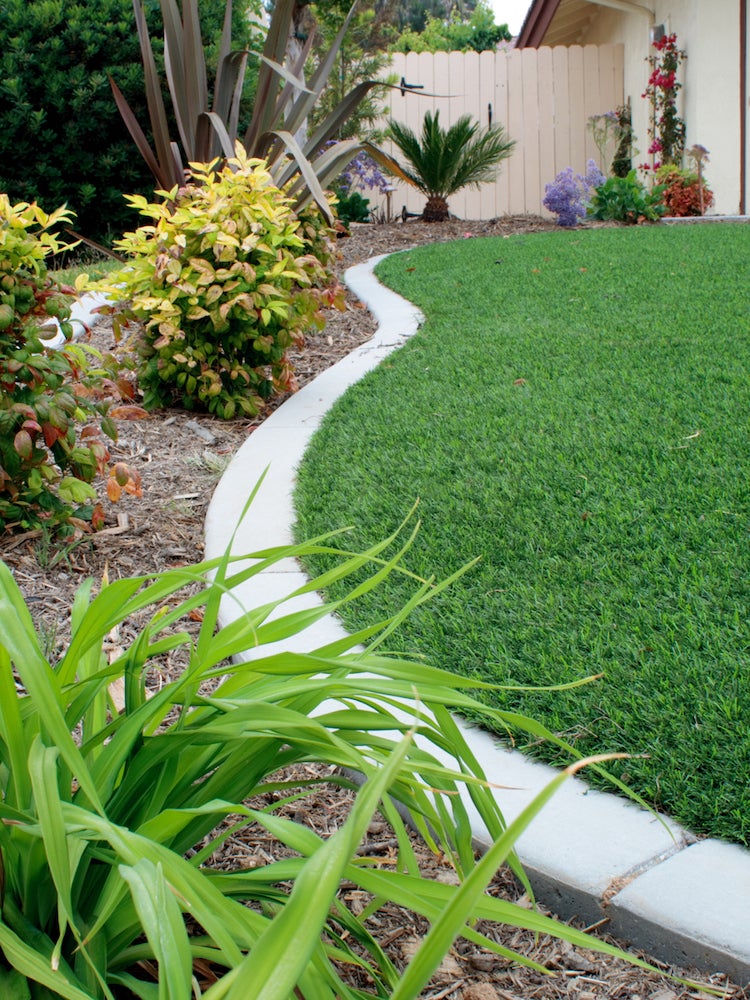
Infill is a vital component of artificial grass that supports the individual synthetic blades of grass, keeping them upright and looking their most natural. Green silica sand and black crumb rubber are the two most common infill materials, but an acrylic coated, green-colored sand, known as Envirofill is a step up in infills. It comes with antimicrobial properties to eliminate pet odors and reduce bacteria. The infill also adds a bit of cushion underfoot, making it feel very much like real grass when you walk on it.
Infill is applied after the artificial turf is in place, and, depending on the type of turf installed, the manufacturer will recommend how many pounds per square foot are suitable. Infill is best applied with a drop-spreader that evenly distributes the product over the top of the turf, and the homeowner then uses a utility-type broom to brush the infill to the base of the artificial grass. Once in place, infill protects the fake grass and extends its useful life.
Is it hard to install artificial turf?
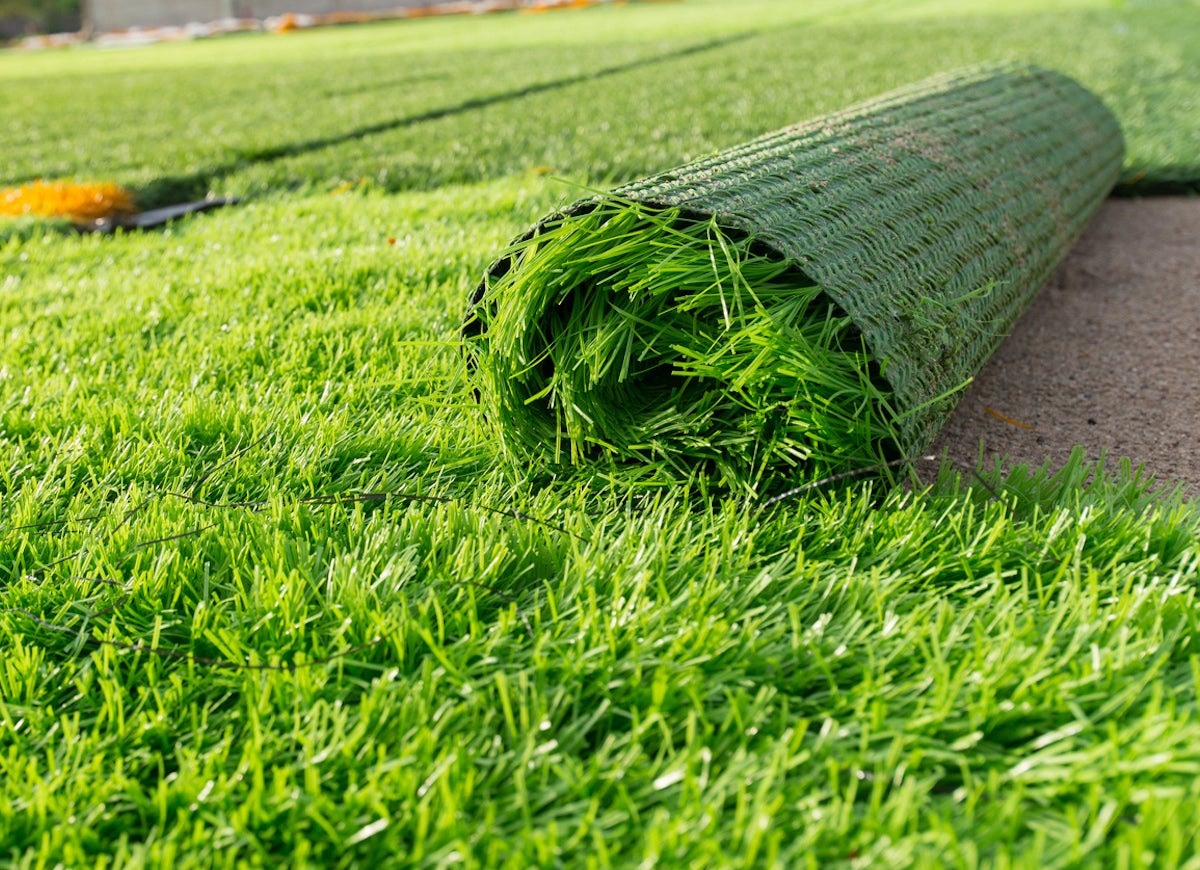
Installing fake grass isn’t difficult, but it does take approximately two to three days to complete all the steps, and it can help to have more than one person assisting with the installation. For those who rather have it taken care of by a professional, Artificial Turf Supply maintains a list of installers and will help you connect with one. But the project is doable if you prefer the DIY route, and Artificial Turf Supply provides thorough instructions to help guide you through the process.
Is artificial grass sustainable?
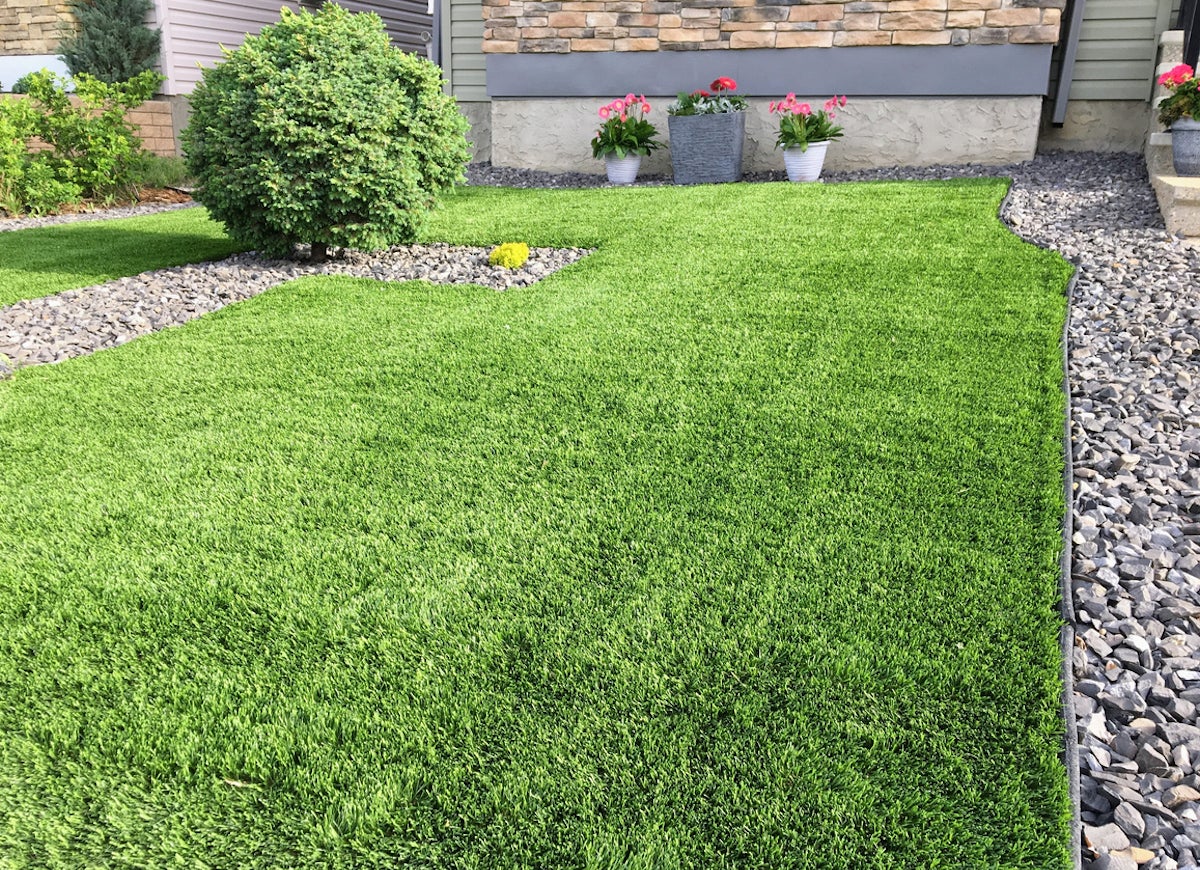
Fake grass goes a long way towards helping conserve natural resources. Considering that real grass requires extensive watering—and water is in short supply in many communities—just the savings alone in water make installing artificial turf an environmentally friendly choice.
Fake grass does not require mowing, which also eliminates the need to store gasoline—a fossil fuel—and there’s no need to use toxic chemical fertilizers or herbicides that can drain into gutters and pollute water supply systems. Not only is fake grass less work for homeowners, it’s a responsible, sustainable choice.
Can you put fake grass on concrete?
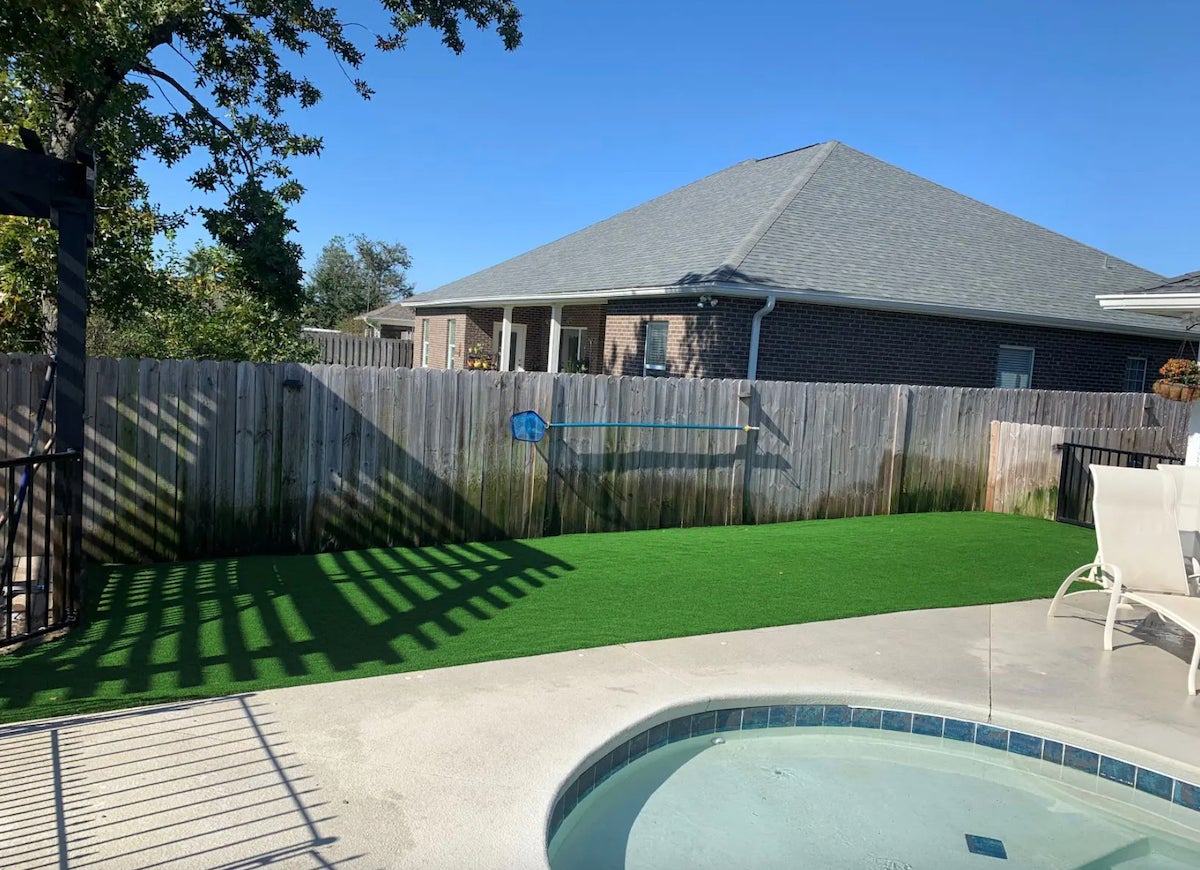
The most common spot to install artificial turf might be in the yard to replace real grass, but that’s not the only suitable surface. Fake grass can easily be installed over a concrete patio or used to retrofit a driveway that no longer serves as a path for cars. The main difference is that you install the turf with a special type of synthetic adhesive that holds the grass firmly in place. Artificial turf is also suitable for dwellers who only have a small deck or balcony. You can cover the area with fake grass to create a little spot that’s soft underfoot and closely resembles a little lawn.
Does artificial grass get hot?
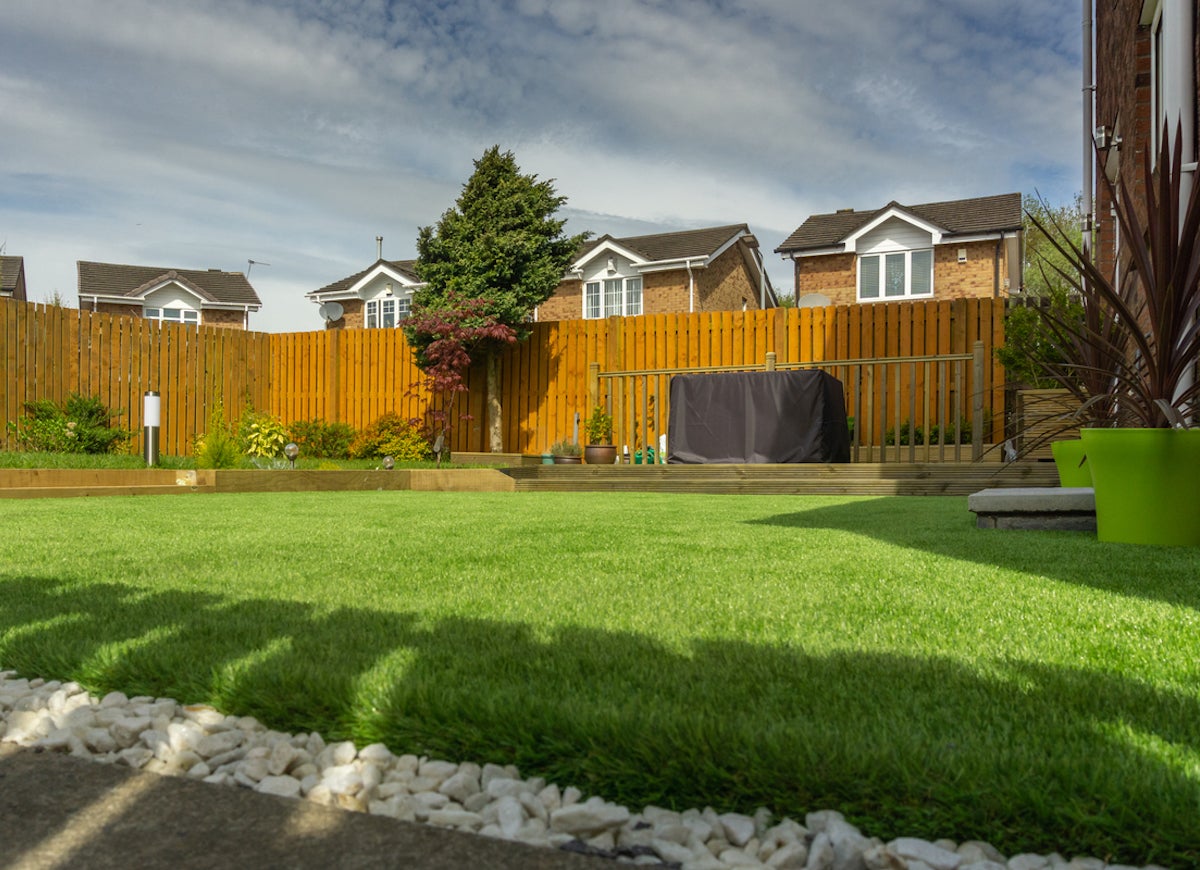
Some of the early types of artificial grass tended to absorb heat and sun rays, making them uncomfortably hot underfoot, but improvements have eliminated that problem for the most part, depending on which brand of fake grass is installed. Artificial Turf Supply options are comparable to the temperature of real grass under the same conditions, and, in some cases, it’s even cooler. High quality fake grass also withstands the stretching and warping that’s common in cheaper varieties.
Can you vacuum artificial grass? How hard is it to clean?
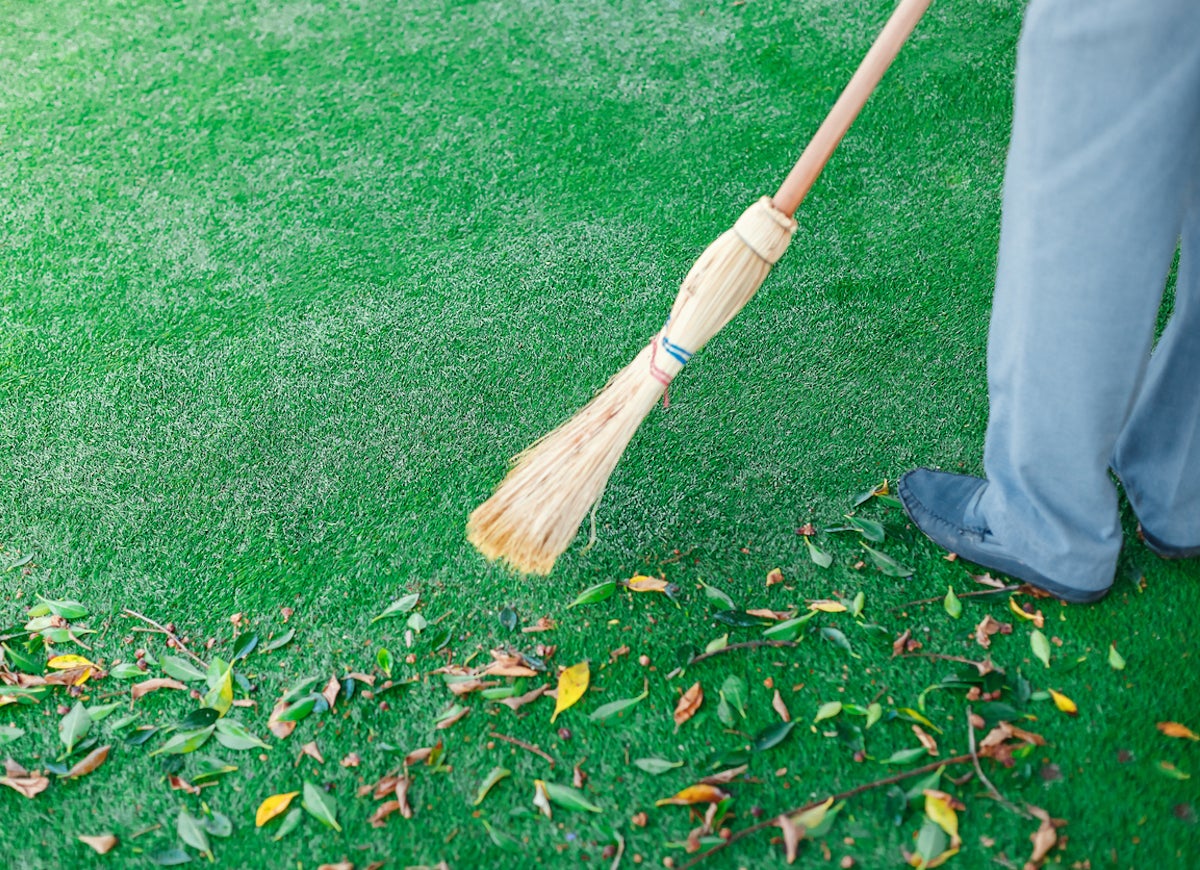
A fake grass lawn is much less maintenance than a real grass lawn. While vacuuming is not the best course of action, a simple rake or broom will suffice when you need to clear leaves or other scraps. For the best results, every three months or so, homeowners can use a blower or push broom to brush away small bits of common debris. Brushing against the grain of the turf, periodically, will also help stabilize the fibers.
To refresh the fibers and encourage things like pet urine to drain away, spray the turf down with water. For areas with a high concentration of pet urine or spills, vinegar can be added to a spray-hose dispenser to counteract the odor. Keep in mind that the more quickly spills are dealt with, the easier it is to keep the turf fresh and clean.
Is artificial grass expensive?

Upfront, installing artificial turf is more expensive. However, when comparing the costs of maintaining the faux grass versus maintaining real grass, synthetic grass pays for itself in approximately five years, and after that the savings add up substantially. In a head to head cost comparison between installing natural grass and artificial turf, over a 15-year term, the monetary savings was significant. When looked at over the long term, not only does fake grass offer a better return on investment, it saves you valuable time. For a better look at how much can be saved on a specific lawn, check out this handy cost calculator created by Artificial Turf Supply.

